Review affirms that current smokers are at reduced risk of infection from Covid-19
 Thursday, January 14, 2021 at 14:37
Thursday, January 14, 2021 at 14:37 A study published last week suggested that smoking DOUBLES the risk of developing severe coronavirus and needing hospitalisation.
The research provides the first conclusive evidence [my emphasis], based on real-world data, that being a smoker puts individuals at higher risk of severe disease than non-smokers.
To be fair, the Mail also noted that:
The findings, published in the BMJ journal Thorax, fly in the face of previous studies, many of which have found smokers are less likely to catch the coronavirus or get severely ill.
Which brings me to version 10 of an ongoing study, 'The association of smoking status with SARS-CoV-2 infection, hospitalisation and mortality from Covid-19: A living rapid evidence review'.
Published on Monday (January 11), it concludes:
Compared with never smokers, current smokers appear to be at reduced risk of SARS-CoV-2 infection while former smokers appear to be at increased risk of hospitalisation, greater disease severity and mortality from Covid-19. However, it is uncertain whether these associations are causal.
If you've been following the review from day one this may sound familiar. There is however a subtle yet important difference from the earlier versions.
Initially, for example, the four researchers (three of them from University College London) concluded that 'there is substantial uncertainty arising from the recording of smoking status on whether current and/or former smoking status is associated with SARS-CoV-2 infection.'
Latterly this claim has been removed and the researchers have dropped references to 'substantial uncertainty'. Now there is little doubt:
Current smokers were at reduced risk of testing positive for SARS-CoV-2 and former smokers were at increased risk of hospitalisation, disease severity and mortality compared with never smokers.
There can be only one reason for this. The evidence accrued during 2020 is overwhelming and there is no longer any need to qualify it.
Version 10, for example, included 345 studies (with 52 ‘good’ and ‘fair’ quality studies) compared to just 28 (25 of which 'had high levels of missing data and/or did not explicitly state whether the remaining participants were never smokers') in version 1.
If you are interested, here are the conclusions from all ten versions of the review:
Version 1, April 23, 2020
Across 28 observational studies, there is substantial uncertainty arising from the recording of smoking status on whether current and/or former smoking status is associated with SARS-CoV-2 infection, hospitalisation or mortality. There is low quality evidence that current and former smoking compared with never is associated with greater disease severity in those hospitalised for Covid-19.
Version 2, May 7, 2020
Across 41 observational studies, there is substantial uncertainty about the associations between smoking and Covid-19 outcomes arising from the recording of smoking status. The recorded smoking prevalence in hospitalised patients across multiple settings was lower than national estimates but that observation is inconsistent with there being no evidence of increased admission to hospital from three ‘fair’ quality studies among people who tested positive in the community. There was limited evidence from ‘fair’ quality studies that current compared with never smoking is associated with greater disease severity in those hospitalised for Covid-19.
Version 3, May 23, 2020
Across 67 observational studies, there is substantial uncertainty about the associations between smoking and Covid-19 outcomes. The recorded smoking prevalence in hospitalised patients was lower than national estimates but this observation is inconsistent with there being no evidence of increased admission to hospital from five ‘fair’ quality studies of people who tested positive. There was limited evidence from ‘fair’ quality studies that current compared with never smoking is associated with greater disease severity in those hospitalised for Covid-19.
Version 4, June 11, 2020
Across 102 studies, there is substantial uncertainty about the associations of smoking with Covid-19 outcomes. The recorded smoking prevalence in the included studies was generally lower than overall adult national estimates. There was no evidence of reduced risk of admission to hospital in current compared with never smokers among those testing positive in the community from five ‘fair’ quality studies. There was some evidence from ‘fair’ quality studies that current compared with never smoking is associated with reduced risk of testing positive in the community but greater disease severity in those hospitalised for Covid-19.
Version 5, July 1, 2020
Across 148 studies, there is substantial uncertainty about the associations of smoking with Covid-19 outcomes. The recorded smoking prevalence in the included studies was generally lower than overall adult national estimates. There was no evidence of reduced risk of admission to hospital for current compared with never smokers among those testing positive in the community. There was some evidence that current compared with never smoking is associated with reduced risk of testing positive in the community but also greater in-hospital mortality from Covid-19. There was some evidence that former compared with never smoking is associated with increased risk of greater disease severity and in-hospital mortality from Covid-19.
Version 6, August 2, 2020
Across 174 studies, recorded smoking prevalence was generally lower than national prevalence estimates. Current smokers were at reduced risk of testing positive for SARS-CoV-2 and former smokers were at increased risk of hospitalisation, disease severity and mortality compared with never smokers.
Version 7, September 12, 2020
Across 233 studies, recorded smoking prevalence was generally lower than national prevalence estimates. Current smokers were at reduced risk of testing positive for SARS‐CoV‐2 and former smokers were at increased risk of hospitalization, disease severity and mortality compared with never smokers.
Version 8, October 7, 2020
Across 256 studies, recorded smoking prevalence was generally lower than national prevalence estimates. Current smokers were at reduced risk of testing positive for SARS-CoV-2 and former smokers were at increased risk of hospitalisation, disease severity and mortality compared with never smokers.
Version 9, November 6, 2020
Across 279 studies, recorded current but not past smoking prevalence was generally lower than national prevalence estimates. Current smokers were at reduced risk of testing positive for SARS-CoV-2 and former smokers were at increased risk of hospitalisation, disease severity and mortality compared with never smokers.
Version 10, January 11, 2021
Across 345 studies, recorded current but not past smoking prevalence was generally lower than national prevalence estimates. Current smokers were at reduced risk of testing positive for SARS-CoV-2 and former smokers were at increased risk of hospitalisation, disease severity and mortality compared with never smokers.
It's mildly interesting to note that versions 1-3 of the living review included a short paragraph in the Abstract entitled 'Implications'. It read:
Unrelated to Covid-19, smokers are at a greater risk of a range of serious health problems requiring them to be admitted to hospital. Given uncertainty around the association of smoking with Covid-19 [my emphasis], smoking cessation remains a public health priority and high-quality smoking cessation advice should form part of public health efforts during this pandemic.
In versions 4-5 this was amended slightly to read:
Unrelated to Covid-19, smokers are at a greater risk of a range of serious health problems. Given uncertainty around the association of smoking with Covid-19 outcomes, smoking cessation remains a public health priority and high-quality smoking cessation advice including recommendations to use alternative nicotine products should form part of public health efforts during this pandemic. High quality, smoking-specific research is needed to resolve these mixed findings.
However, from version 6 (the first to omit the reference to 'substantial uncertainty about the associations of smoking with Covid-19 outcomes'), the 'Implications' paragraph was dropped and there has been no further suggestion that 'smoking cessation remains a public health priority and high-quality smoking cessation advice including recommendations to use alternative nicotine products should form part of public health efforts during this pandemic' – which is curious, is it not?
Meanwhile, how has version 10 of the living review been greeted by the media and public health campaigners? Naturally, it's been completely ignored.
I understand why the media isn't interested. An ongoing review that concludes with what is effectively the same message, over and over again, is not news.
You might think though that the public health industry would show rather more interest, not least because the existence of the living review is credited to none other than Martin Dockrell, formerly of ASH and currently the tobacco control lead at Public Health England.
Indeed, under 'Acknowledgements' every version includes this credit:
An original short review for the Royal College of Physicians was converted to an extended living review after a request by Martin Dockrell [my emphasis], Tobacco Control Lead, Public Health England.
In recent months however Dockrell has done very little to promote the study to a wider audience.
I have just had a quick glance at his Twitter account and as far as I can tell the last time he mentioned the living review was on September 18 when he retweeted a link to version 7.
Since then versions 8, 9 and 10 have been published and not a peep from PHE's tobacco control lead.
As for the other 'big beasts' of the tobacco control industry, I haven't done a thorough search but I'm struggling to find even one who has tweeted (or retweeted) a link to recent versions of the review.
I can't imagine why!
PS. It's important to stress that, despite these findings, no-one – including smokers – should be complacent about the risks of catching Covid.
We don't know, for example, whether current smokers may be more susceptible to the new variant which does appear to be more infectious.
Nevertheless, based on current evidence, it is difficult if not impossible to argue that current smokers are at GREATER risk of infection than ex-smokers or never smokers.


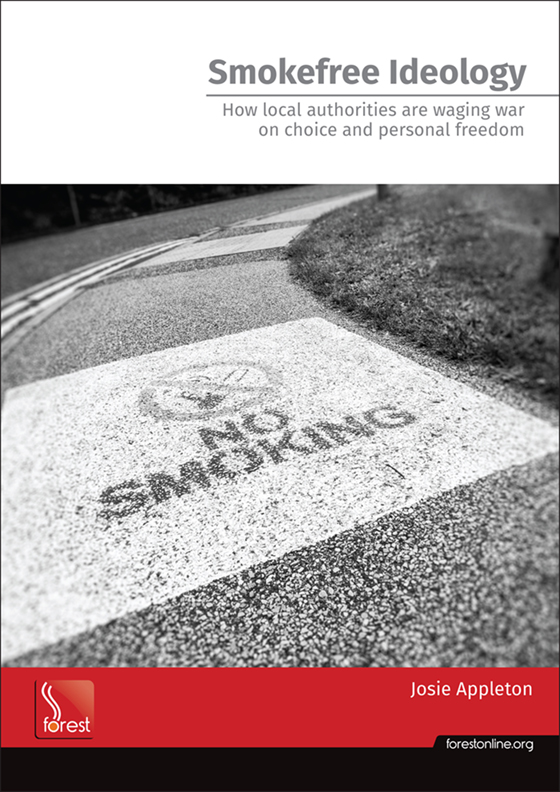
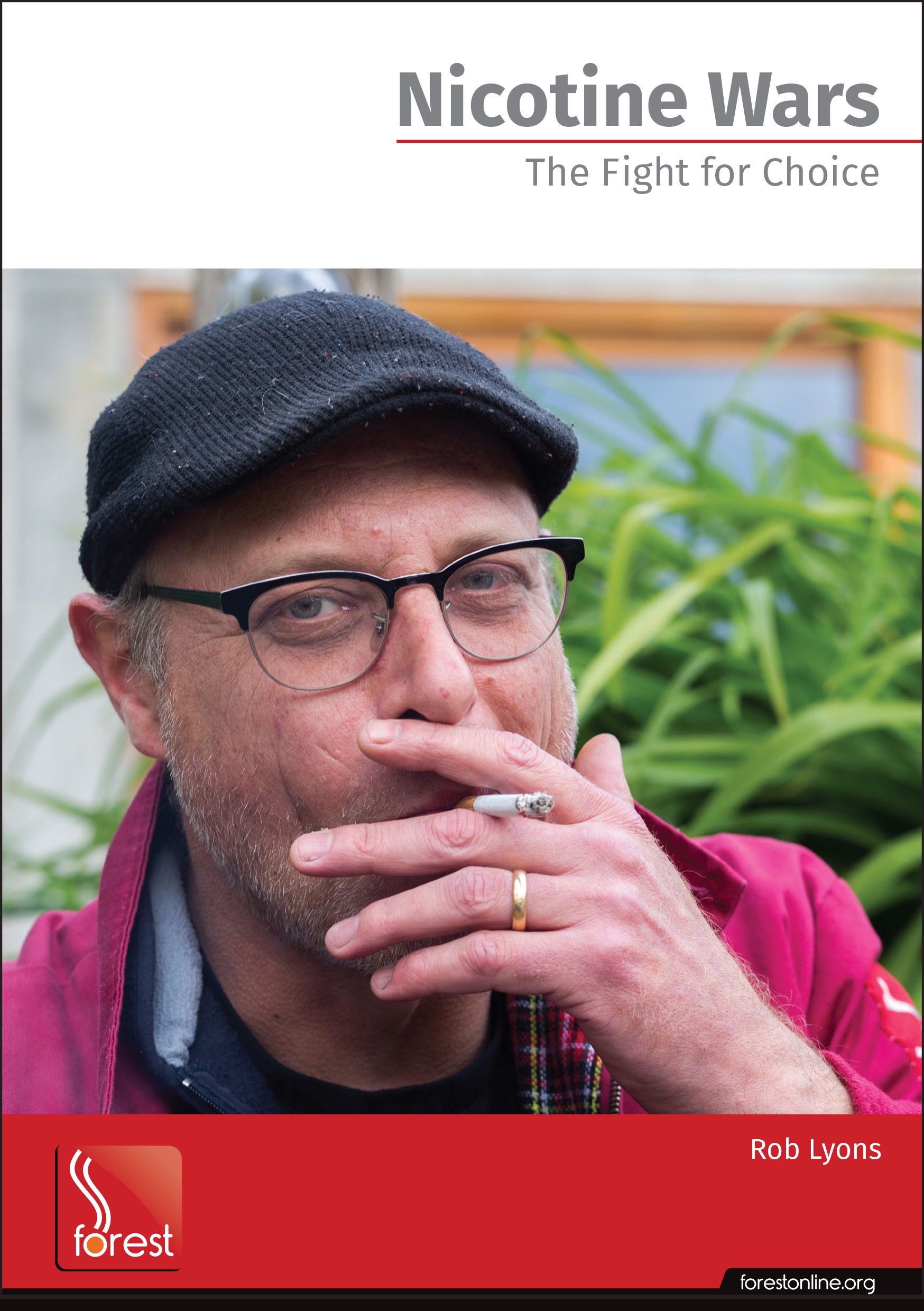

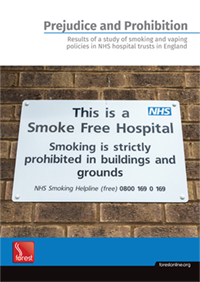
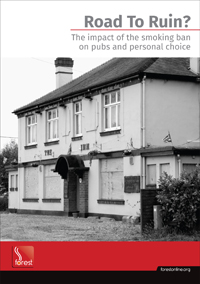
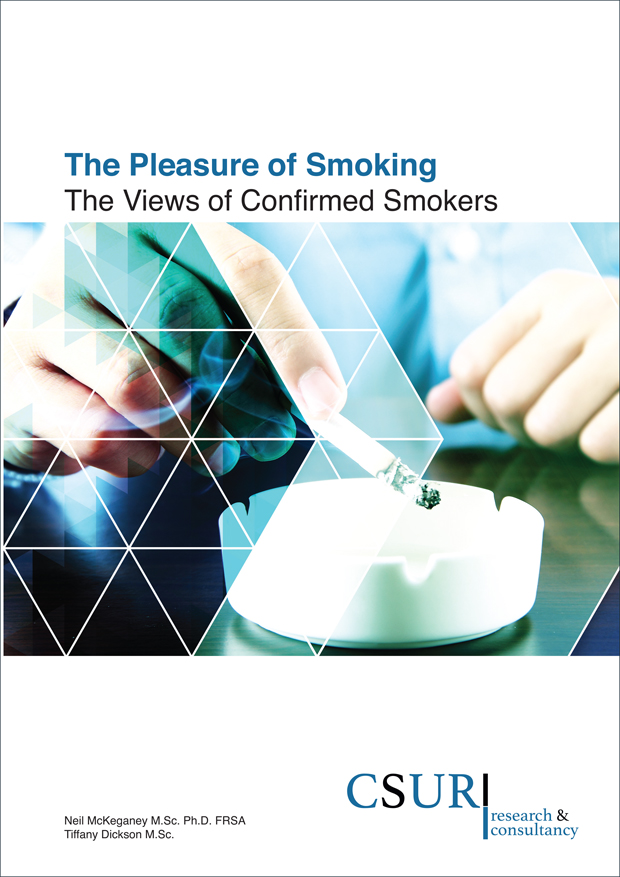
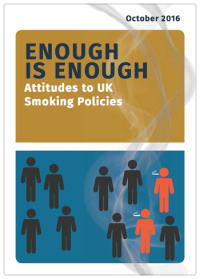
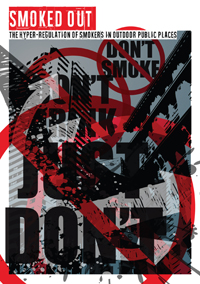

Reader Comments (5)
Linda Bauld spotted the anomaly earlier in the year
Smoking and Covid-19
Linda Bauld
“What we normally see with other respiratory conditions is that smokers are very badly affected – that is what you would expect.
For some weird reason that is not the case with Covid and we don’t understand it. The data from multiple countries shows smokers are under-represented in case numbers, and they are also under-represented in the numbers of people who go into hospital with Covid.
But when they are in hospital, even though they are in smaller numbers, they’re much more likely to die or to have bad outcomes.”
https://www.ed.ac.uk/edinburgh-friends/supplements/meet-behavioural-scientist-guiding-through-covid19
Nitric oxide dosed in short bursts at high concentrations may protect against Covid 19
Abstract
“It has long been suggested that NO may inhibit an early stage in viral replication. Furthermore, in vitro tests have shown that NO inhibits the replication cycle of severe acute respiratory syndrome coronavirus. Despite smoking being listed as a risk factor to contract Covid-19, only a low proportion of the smokers suffered from SARS-corona infection in China 2003, and from Covid-19 in China, Europe and the US.
We hypothesize, that the intermittent bursts of high NO concentration in cigarette smoke may be a mechanism in protecting against the virus. Mainstream smoke from cigarettes contains NO at peak concentrations of between about 250 ppm and 1350 ppm in each puff as compared to medicinal use of no more than 80 to a maximum of 160 ppm.”
https://www.sciencedirect.com/science/article/pii/S1089860320301610#bib16
Linda Bauld
“But when they are in hospital, even though they are in smaller numbers, they’re much more likely to die or to have bad outcomes.”
Because you deprive them of access to the supplementary nitric oxide in the smoke whatever they originally come in for, as soon as they arrive?
Oh dear. They’ve obviously been working really hard to try and spin this report, one way or another, to find some teeny-weeny little way that they can make the claim that smokers are more likely to get infected than non-smokers, haven’t they? The machinations they’ve gone through! First that initial proviso sentence (now dropped) blaming it on the initial data-gathering, then on to comparisons with ex-smokers, and then ex-smokers against never smokers, and then smokers against never smokers …. They’ve been right round the block and back with this one and they’ve all clearly been working overtime on their mental gymnastics to try and make these wretched stats “work” in their desired (instructed?) direction. But I guess when the figures are so stark and uncompromising, even the most captive and compliant research establishment can’t work miracles, and the fact that they haven’t been able to do so indicates that the stats must be (from their point of view) very damning indeed. So I’m not surprised that the majority of the MSM have clammed up about it (with only the Daily Mail going along the “make up a headline that shores up our opinions, regardless of the study content” route!)
One does start to wonder whether the huge effort and energy that was put into developing a vaccine in such super-quick time wasn’t so much out of concern for the health of the general population, but that it was actually out of a sense of sheer panic to get it “out there” before sufficiently high numbers of non-smokers had contracted the illness for it to become glaringly obvious that the only people “left standing” (and working, and, effectively, keeping the economy alive) were – err – all those naughty smokers who had stubbornly refused to give in to the bullying over all those years. Now that would be embarrassing.
Interesting to see, also, in the DM article that they’ve taken a pop at vapers, too, stating that they have a whopping 500% increased chance of becoming infected. They don’t say who that’s increased in comparison to, though, naturally. Smokers? Ex-smokers? Never-smokers? They - well - Just Don’t Say. Get the scary number in, but don’t put it in context. Same old, same old from our ever-reliable supposedly-impartial media ….
Simon, it is nice to see this news, I’ll bet the media and government will not be mentioning this
Misty
Well spotted, but behind the scenes especially in America, it's interesting to see how many patents applied for last year by medical gas producers on ways to deliver the wonderful benefits of inhaled Nitric Oxide -iNO- with regard to both preventing and treating Covid 19.
And they've been granted.
The mystery of why they used to give a wounded soldier a cigarette, solved at last.
Patent Issuance allowed for single-use or short-term nitric oxide delivery device
29 May 2020
“Nu-Med Plus, Inc. (OTCQB: NUMD), a medical device company which investigates and develops applications and devices for nitric oxide delivery in the medical field, today announced that the United States Patent and Trademark Office (“USPTO”) has allowed the issuance of a patent for a single-use or short-term use nitric oxide inhaler."
“This patent allowance is a significant achievement for our Company and can help open new patient markets.
A readily available, small, disposable nitric oxide delivery device with no need for electricity to be used by emergency field personnel or available for use in remote regions and/or under the most critical times of need such as combat are currently untapped markets.”
https://www.nsmedicaldevices.com/news/patent-issuance-allowed-for-single-use-or-short-term-nitric-oxide-delivery-device/
Now doesn't that sound like a cigarette to you?
I first got interested in the properties of nitric oxide when MRSA killed my Father in one of the first outbreaks. He went into hospital for a broken hip.
Can science save us from the NHS?
26 May 2008
"Our bodies make their own natural antibiotics, of which nitric oxide is one.
In a recent paper in Science, Dr Fang of the University of Washington, Seattle, showed that MRSA produces a special enzyme that detoxifies nitric oxide.
That is why MRSA can kill us"
https://www.thetimes.co.uk/article/can-science-save-us-from-the-nhs-g95zmmgdsrx
I've been following the research ever since.